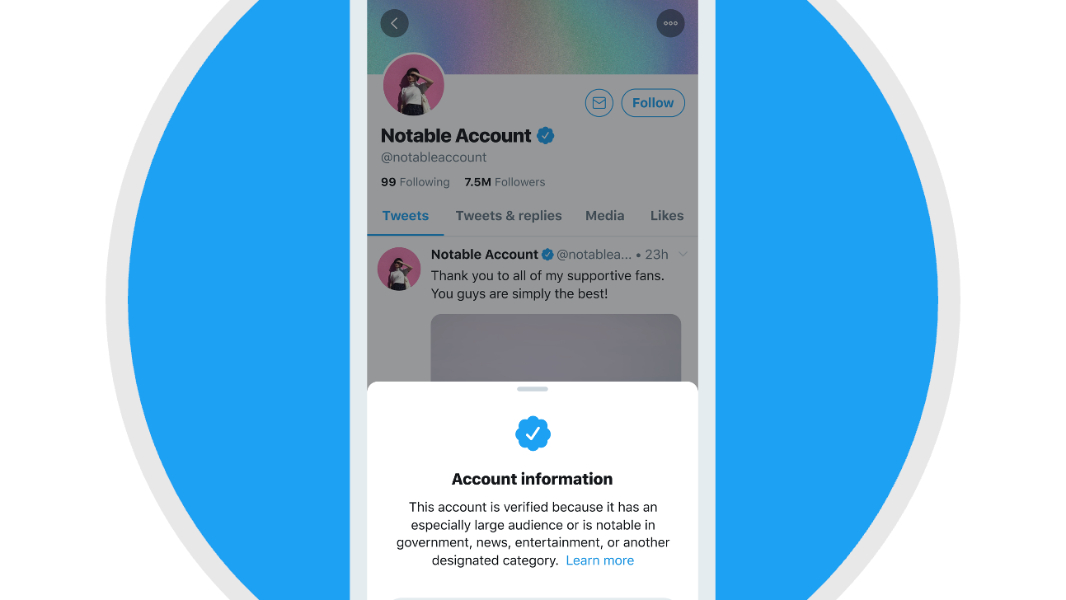Twitter Quietly Gives Back Verified Checkmarks to High-Profile Accounts
- Laurent Giret
- Apr 24, 2023
-
7

After Twitter started removing legacy verified checkmarks on user profiles on April 20, it appears that the company has quietly backtracked. Over the weekend, multiple reports have been pointing out that high-profile Twitter accounts that had lost their checkmark got it back without subscribing to Twitter Blue.
This includes most celebrities with more than 1 million followers, as well as deceased personalities such as Michael Jackson. Over the weekend, programmer Travis Brown did an analysis of Twitter accounts with more than 1 million followers and reported that only 110 out of a total of 9,884 were not labeled as Blue Verified accounts at this moment (via TechCrunch).
Windows Intelligence In Your Inbox
Sign up for our new free newsletter to get three time-saving tips each Friday — and get free copies of Paul Thurrott's Windows 11 and Windows 10 Field Guides (normally $9.99) as a special welcome gift!
"*" indicates required fields
In many cases, these high-profile Twitter accounts have clarified that they never asked to get their checkmark back or paid for Twitter Blue.
After two days our account got the blue tick back. It seems it has something to do with '1M+ followers' accounts changes made by Twitter.
Yet, we seem obliged to clarify that the Memorial never subscribed and paid for the Twitter Blue as it might be implied. pic.twitter.com/dyXPlSzEas
— Auschwitz Memorial (@AuschwitzMuseum) April 23, 2023
Twitter CEO Elon Musk had previously confirmed that he was paying “personally” for the Twitter Blue subscription of 3 celebrities: Lebron James, Stephen King, and William Shatner. It’s not clear why the company is now restoring verified badges for many more high-profile accounts, but it’s also making some mistakes while doing so.
As reported by Variety, Twitter gave a gold verification badge to a parody Disney Junior account that had been using racial slurs, and the account was then quickly suspended. In the US, organizations need to pay Twitter $1,000/month to get a gold verified badge.
Overall, this verified checkmarks saga has been very messy, and it paints the picture of a company that has no idea of what it’s doing. Elon Musk previously said that he wanted subscriptions to represent half of Twitter’s revenue, but it’s pretty clear that this plan isn’t going to work out.
Making verified badges a paid feature has already caused lots of impersonation issues, and Twitter may have realized that the old system that required ID verification probably wasn’t so bad. All in all, paying for Twitter Blue is slowly but surely becoming a controversial sign of support for a company that keeps shooting itself in the foot.